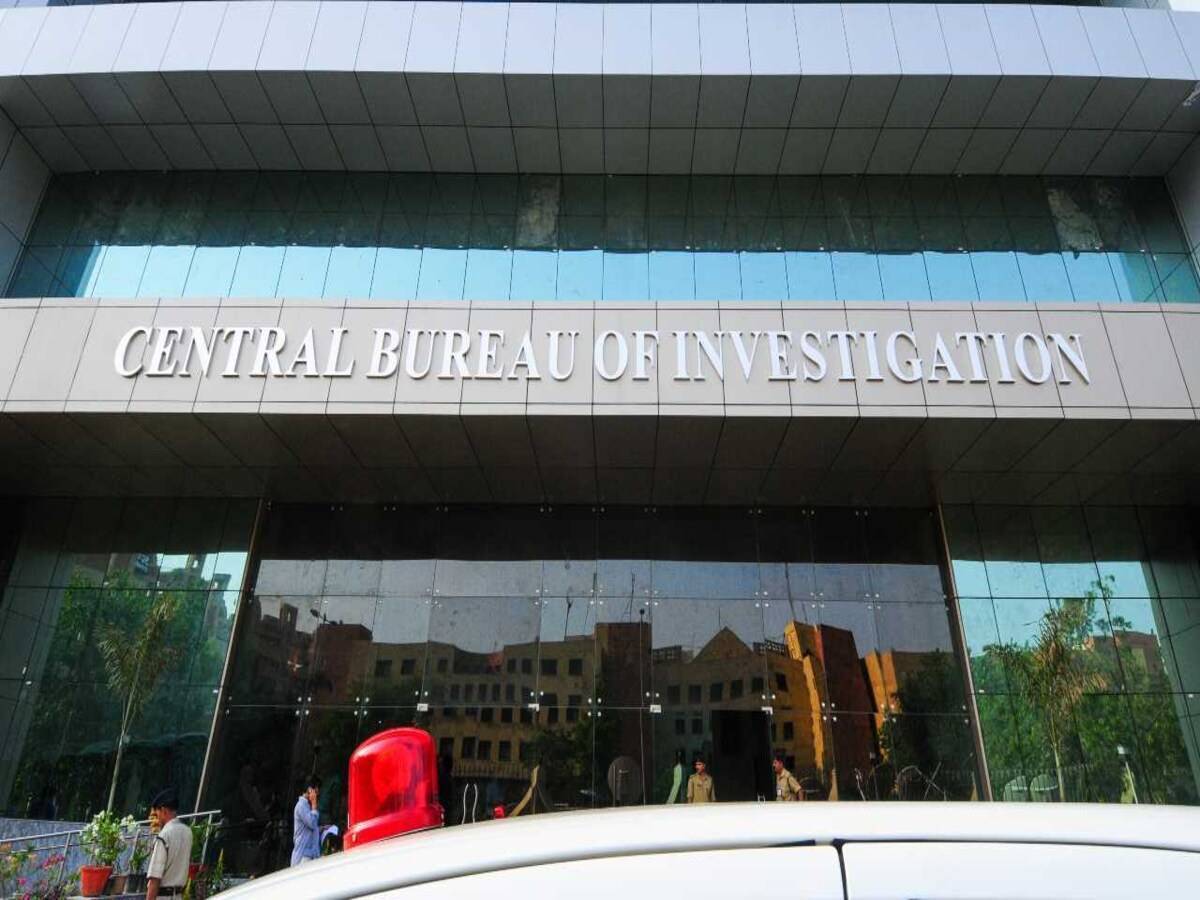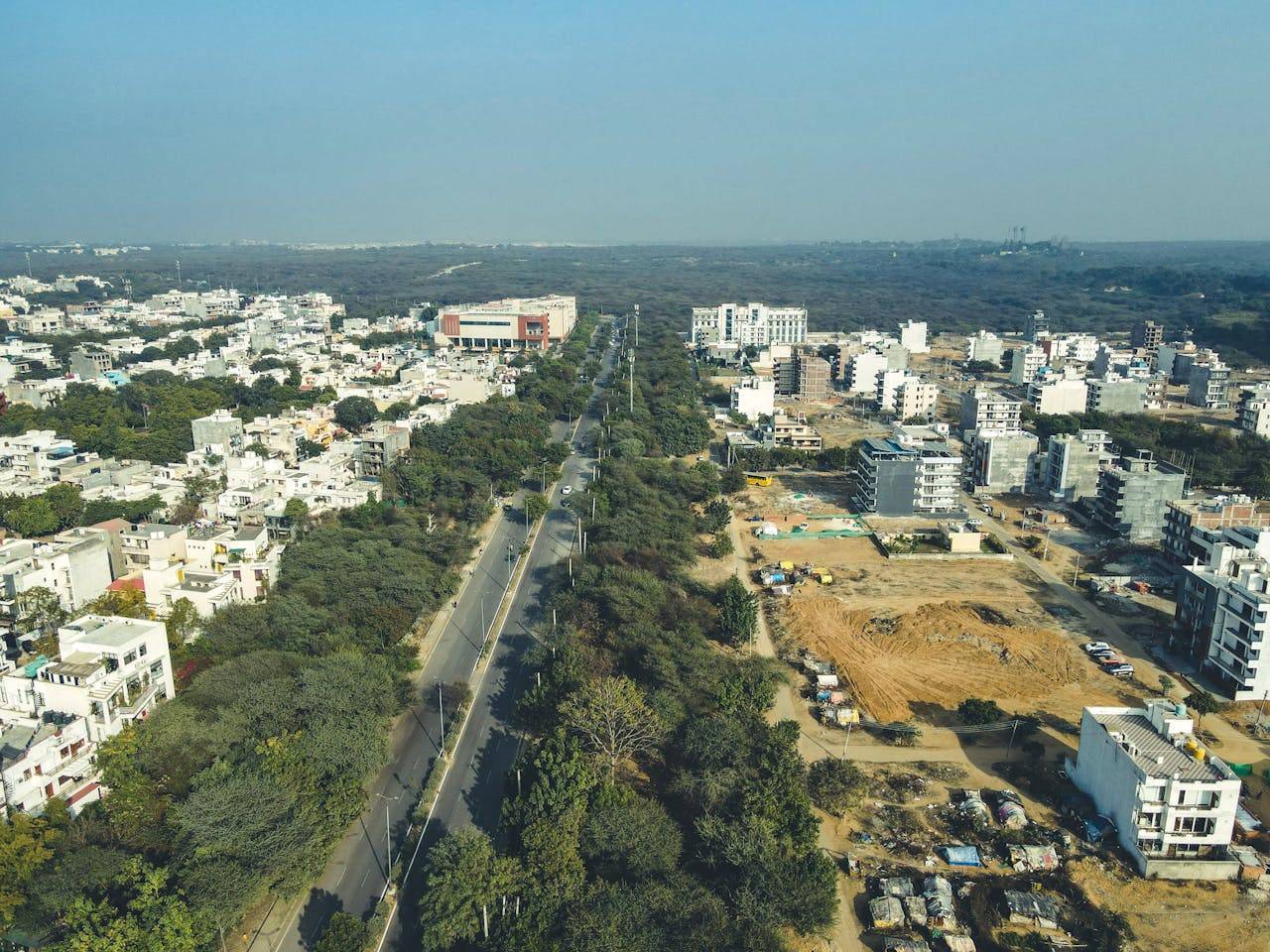India’s major cities have experienced substantial growth in their urban built-up areas over the past three decades. According to the report titled “Cities in Motion – Tracing 30 Years of Urban Expansion in Key Indian Cities” by Square Yards, the total urban built-up footprint across eight major cities has nearly doubled, reaching 4,308 square kilometres in 2025. The study covers Ahmedabad, Bengaluru, Chennai, Delhi NCR, Kolkata, Hyderabad, Mumbai Metropolitan Region (MMR), and Pune, highlighting the pace of urbanisation and its impact on land use, infrastructure, and city planning.
Pune registered the highest rate of expansion over the period. The city’s built-up area increased from 86 sq km in 1995 to 373 sq km in 2025, reflecting a 332% rise and adding 287 sq km of developed land. The report attributes this growth to Pune’s transition from a primarily manufacturing-driven economy to a technology and start-up hub, alongside the development of supporting infrastructure and transport networks that have enabled horizontal urban expansion.
Bengaluru recorded the second-highest increase, with its built-up area rising from 174 sq km to 489 sq km, a 186% growth amounting to 315 sq km of additional urban land. The report notes that the city’s sustained growth in the IT sector, combined with investments in transport infrastructure such as the Namma Metro, has supported its expansion. This increase reflects Bengaluru’s continued emergence as a leading centre for technology, innovation, and urban development.
Chennai’s built-up area grew from 270 sq km to 467 sq km, an increase of nearly 137%, while Ahmedabad expanded from 141 sq km to 285 sq km, reflecting a 102% rise. Economic diversification, including the development of IT, finance, and automotive sectors, has driven this growth, with landmark projects such as GIFT City further supporting Ahmedabad’s urban footprint expansion.
Delhi NCR added the largest absolute area of urban land among the eight cities, increasing by 400 sq km from 567 sq km in 1995 to 967 sq km in 2025, a 71% rise. The report indicates that the region’s polycentric economic structure, encompassing industrial, technology, and financial hubs, combined with infrastructure projects linking multiple cities and townships, has enabled this expansion.
Hyderabad’s built-up area increased from 267 sq km to 519 sq km, reflecting a 95% growth. The city’s expansion has been driven by a combination of IT, industrial, and residential development, supported by improvements in road networks and public transport systems.
The Mumbai Metropolitan Region recorded the slowest rate of expansion at 43%, growing from 412 sq km to 588 sq km. The report explains that MMR’s limited horizontal expansion is a result of its high-density development model, with growth concentrated vertically through high-rise construction and large-scale infrastructure projects aimed at improving connectivity.
Square Yards defines the urban built-up footprint as the total land area within a city that is physically covered by human-made structures such as buildings, distinguishing it from open or natural areas. The doubling of built-up areas across these major cities over the past 30 years reflects the rapid pace of urban transformation, with implications for housing demand, transport, utilities, and public services.
The report also highlights that while metropolitan centres continue to dominate urban growth, Tier 2 and Tier 3 cities are increasingly attracting investment due to improved infrastructure, better connectivity, and access to capital. This trend is expected to continue, with India projected to add over 330 million people to its urban population by 2050. The demand for nearly 100 million new homes, alongside substantial investments in infrastructure, transit, and public services, underscores the scale of urban planning required.









.png)